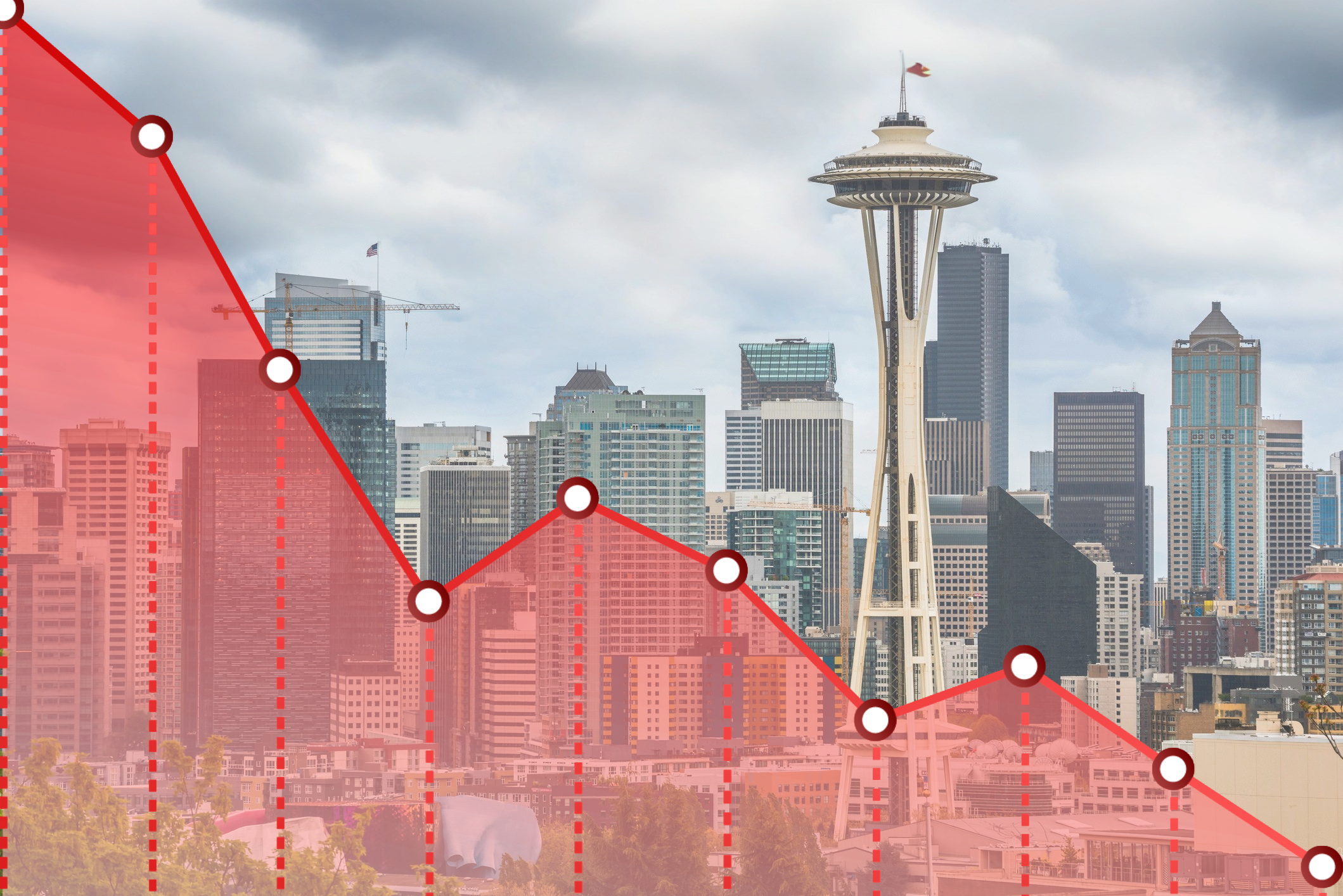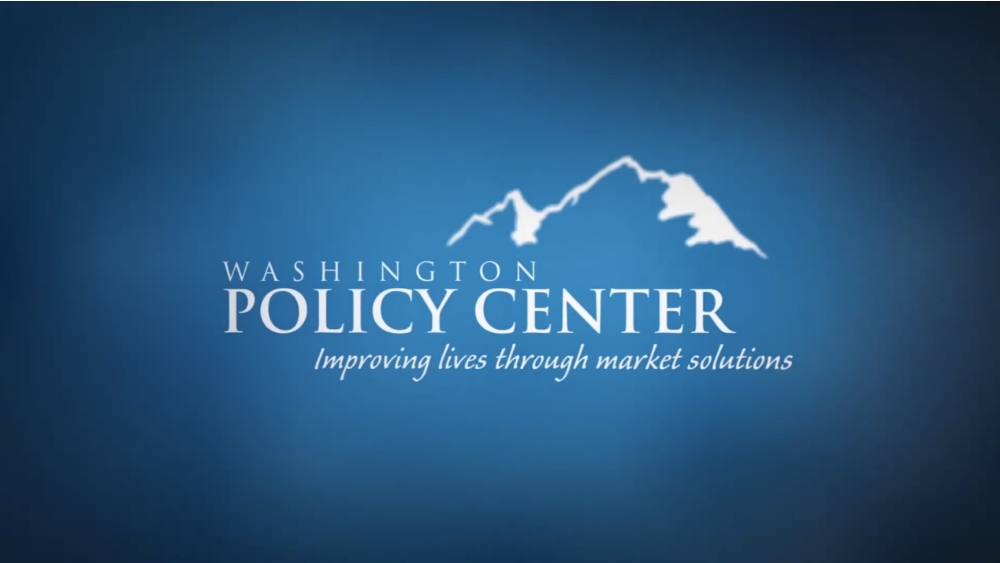As the Washington state legislative majority continues seeking ways to place price controls on providers, grow the number of Washingtonians dependent on taxpayer-provided health insurance and increase taxes on physician groups and hospitals, they need to hear comments coming from providers — and they need to be watching insurers’ requests for premium rate increases. If they don’t, we’re in trouble.
At a meeting of the Health Care Cost Transparency Board Tuesday, public comment was one of the main takeaways I hope commission members took away for advising lawmakers what to do about the rising costs of health care and conveying what they’ve learned about why they’re rising.
Lawmakers did hear some of the same concerns in committee hearings this past legislative session, but that didn’t keep them from passing several bills that added cost-increasing regulations, cost-shifting price controls and even a bill that makes medical debt harder to recoup. Jeb Shepard, director of policy at Washington State Medical Association, told the board, “We continue to witness a troubling disconnect between the state’s stated goal of controlling health care costs and policy decisions that directly undermine that goal.”
A recent example he talked about was the final 2025–27 Washington state operating budget, enacted through House Bill 2081. Significant increases to the Business & Occupation (B&O) tax rates will adversely impact both physician groups and hospitals, commenters explained. “Coupled with the base rate … the cumulative effect will be the Legislature increasing B&O rates on physician groups by 40 percent since 2019.”
These could threaten the viability of physician groups, seen as one of the lower-cost modes of care in the health care system. Tax increases are hard to offset for providers, especially as government reimbursement rates for Medicaid and Medicare remain stagnant or fall.
Chelene Whiteaker with the Washington State Hospital Association told the group that “hospitals are not doing well, and we believe it’s going to get worse.” Capping prices paid to hospitals for services provided to those insured by the state, as lawmakers chose to do this session, is not going to help. (See roll calls here.) Most hospitals, she said, have low or negative operating budgets and can’t absorb the cuts.
“If we continue to cut hospitals, like we saw in the state Legislature this year,” Whiteaker said, “we will be forced to reduce and close or consolidate.”
In the end of Shepard’s comment, he said something that we need this board, other public commissions and lawmakers to hear. He urged the board look “beyond surface-level data” and examine root causes. Rising taxes, fixed reimbursements, administrative waste and compliance issues need to be addressed.
The Health Care Cost Transparency Board was established in 2020 with the primary goal of bringing greater health care affordability through increased transparency. So far, the HCTB has been less about transparency and primarily focused on data collection and establishing benchmarks.
Health care costs money. The government should focus on eliminating the costs it adds.





